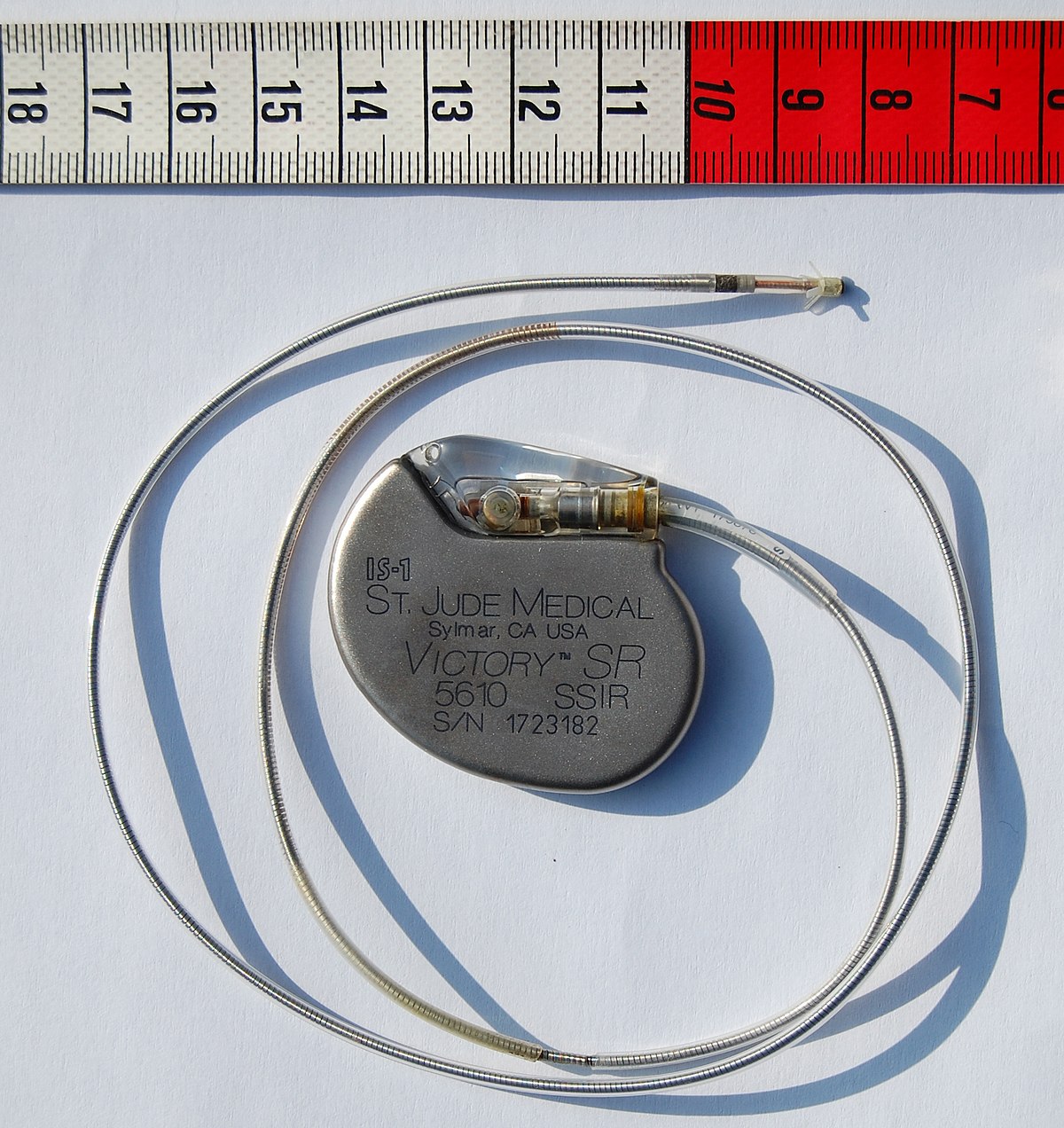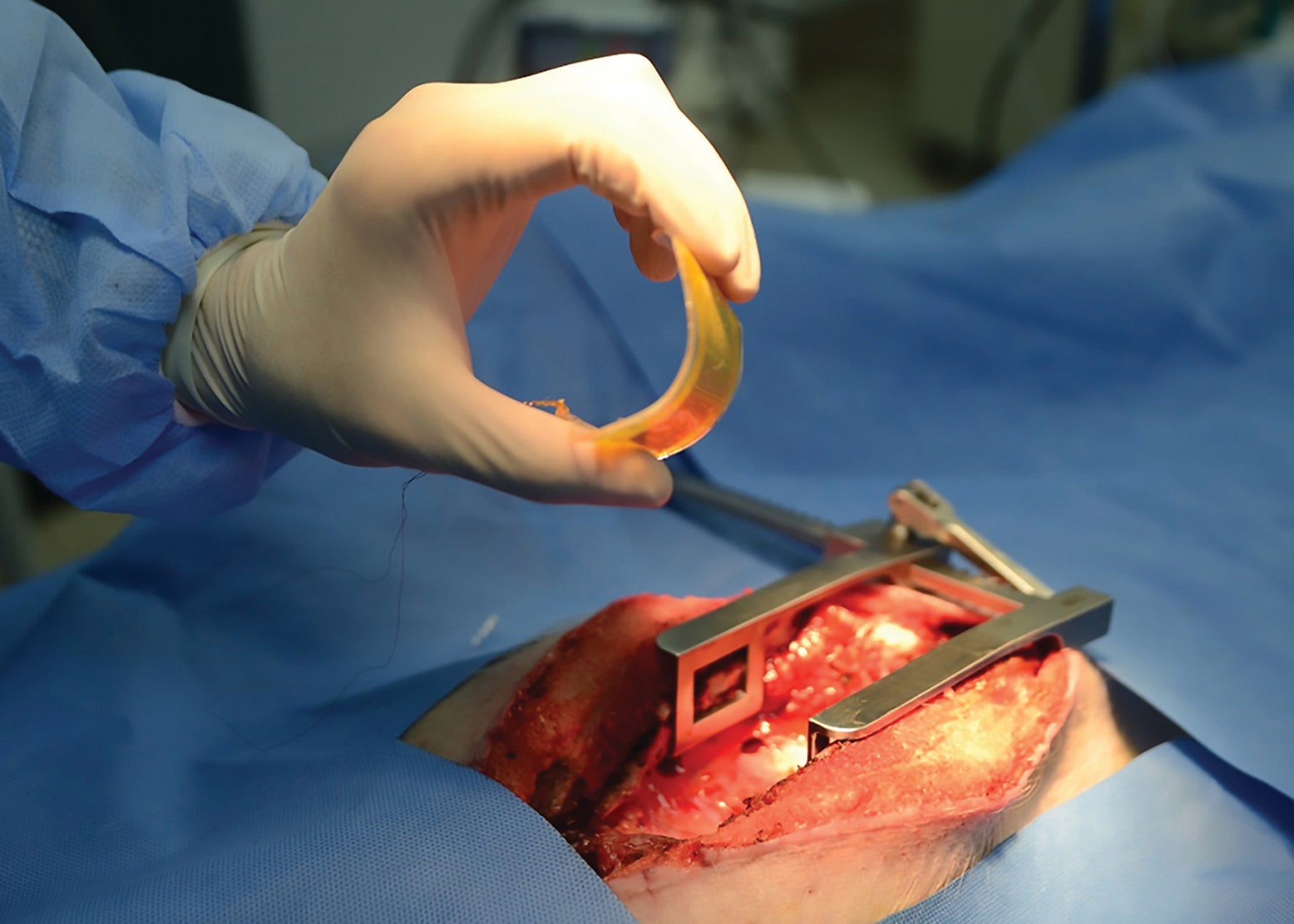- Get link
- X
- Other Apps
7152020 The most common use of pacemakers is the treatment of abnormal heart rhythms arrhythmias. Your heartbeat is too slow and often irregular.
If youre being treated in a large heart hospital the operation will often be carried out by an electrophysiologist.

Heart pace maker. A cardiac pacemaker or artificial pacemaker so as not to be confused with the natural pacemaker of the heart is a medical device that generates electrical impulses delivered by electrodes to cause the heart muscle chambers the upper or atria andor the lower or ventricles to contract and therefore pump blood. 11142017 A pacemaker is a small device thats placed in the chest or abdomen to help control abnormal heart rhythmsThis device uses low-energy electrical pulses to prompt the heart to beat at a normal rate. 432019 Pacemaker is surgically implanted over the pectoralis muscles and under subcutaneous tissue on either side of chest wall.
This is a cardiologist who specialises in heart rhythm disorders. 1232018 A pacemaker regulates your bodys electrical system which controls your heart rhythm. By doing so this device replaces andor regulates the.
9292016 Your doctor may recommend a pacemaker to make your heart beat more regularly if. The pacemaker implantation will be carried out by a heart specialist known as a cardiologist who will probably have a special interest in pacemakers. Some pacemakers can also help the chambers of your heart beat in time.
The heart has two upper and. The sinoatrial SA node or sinus node is the hearts natural pacemaker. A pacemaker is a small electrical device fitted in the chest or abdomen.
A pacemaker is a small device used to treat some arrhythmias. A pacemaker is a small device about the size of a matchbox or smaller that weighs 20 to 50g. You can learn more about electrophysiologists and atrial fibrillation care teams here.
612004 A pacemaker is a small device that sends electrical impulses to the heart muscle to maintain a suitable heart rate and rhythm. These make the heart beat at a normal rate. How does a pacemaker work.
Specifically pacemakers are most commonly used to treat several cardiac arrhythmias that produce bradycardia a heartbeat that is too slow. However a pacemaker is not a cure. Pacemakers send electrical pulses to help your heart beat at a normal rate and rhythm.
A specially trained cardiologist called an electrophysiologist leads a team of health professionals who work in the electrophysiology EP lab. There are different types of pacemakers and your doctor will discuss which one is best for you. A pacemaker is a tiny device not more than the size of a small matchbox placed in the chest or abdomen that sends small electrical impulses to the heart muscles for maintaining a suitable heart rate.
Pacemaker implantation procedures are performed in a hospital and may take several hours. A pacemaker is a device that gives off electrical impulses to the heart. It will not prevent or stop heart disease nor will it prevent heart attacks.
Pacemaker stimulate the heart by transmitting signals through the wires to heart muscles. Its used to treat some abnormal heart rhythms arrhythmias that can cause your heart to either beat too slowly or miss beats. The pulse generator emits electrical impulses through the wires to your heart.
By regulating the hearts rhythm a pacemaker can often eliminate the symptoms of bradycardia. Pacemakers are used to treat arrhythmias. The one end of two wires are connected to pacemaker and other end is connected to heart.
How does it work. A pacemaker may. This refers to a group of conditions that disrupt the rhythm of the heart.
With each heartbeat an electrical impulse travels. It replaces the hearts defective natural pacemaker functions. Your heartbeat is sometimes normal and sometimes too fast or too slow.
This means individuals often have more energy and less shortness of breath. 3122019 A pacemaker is a small electronic device for treating heart conditions such as arrhythmias. It consists of a pulse generator which has a battery and a tiny computer circuit and 1 or more wires known as pacing leads which attach to your heart.
During an arrhythmia the heart can beat too fast too slow or with an irregular rhythm. A pacemaker is a small but very sophisticated electronic device that is implanted under the skin to help regulate the heartbeat. It consists of a battery a tiny computer and a generator in a thin metal box along with wires that connect the pacemaker to the heart.
/heart-pacemaker-in-cardiologist-s-hand-136997842-599c353b68e1a20010517f26.jpg) What Should You Expect When Living With A Pacemaker
What Should You Expect When Living With A Pacemaker
/pacemakers-what-you-should-know-1745231_v2-da71dbec46b345308dd2fcbb65cc638b.png) What You Should Know About Pacemakers
What You Should Know About Pacemakers
Permanent Pacemaker Treatment Prevention Outlook
.ashx?h=244&la=en&mh=360&mw=520&w=220&hash=9FB84D587FA19BE63DDFD9823A53DEEF012B2EAA)
 Don T Fear Pacemakers Harvard Health
Don T Fear Pacemakers Harvard Health
 Heart Or Natural Pacemaker 1 Download Scientific Diagram
Heart Or Natural Pacemaker 1 Download Scientific Diagram
Pacemaker Implantation Heart Rhythm Clinic
 Heart Pacemaker Purpose Procedure And Risks
Heart Pacemaker Purpose Procedure And Risks
 Pacu Jantung Wikipedia Bahasa Indonesia Ensiklopedia Bebas
Pacu Jantung Wikipedia Bahasa Indonesia Ensiklopedia Bebas
 New Pacemaker Harvests Energy From The Heart Scientific American
New Pacemaker Harvests Energy From The Heart Scientific American
 Pacemaker Caring For Your Child At Home
Pacemaker Caring For Your Child At Home
 Heart Pacemaker Medlineplus Medical Encyclopedia
Heart Pacemaker Medlineplus Medical Encyclopedia



Comments
Post a Comment